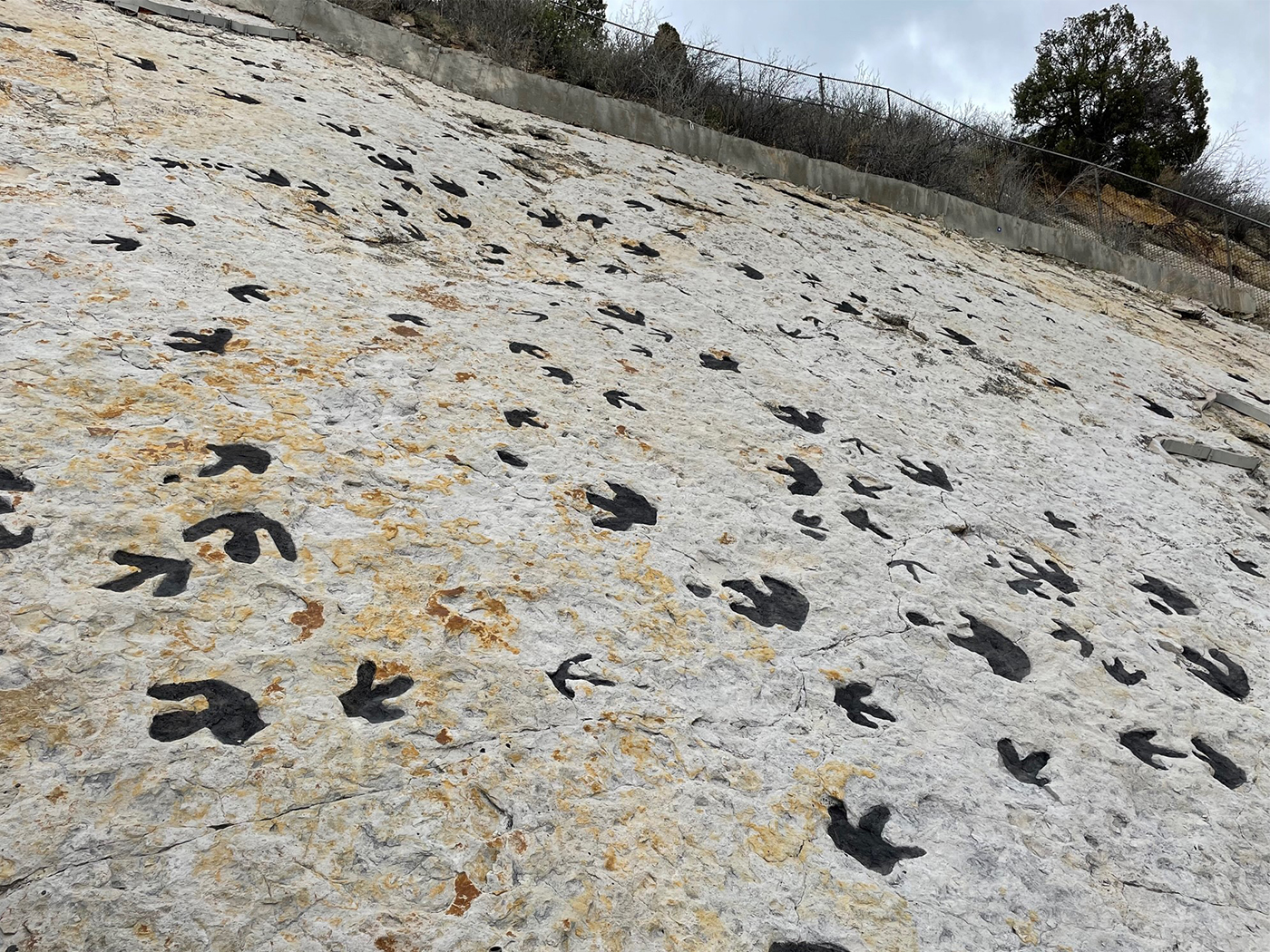One of the many mysteries of biology is how a creature like a web-weaving spider with a tiny brain is able to systematically construct an elaborate web with amazing elegance, complexity, and exacting geometric precision. And to make the spidery task even more amazing, the creature does it blindly only using the sense of touch—an exceedingly complex mechanosensory-based application. A newly released study shows that this remarkable skill is due to a highly sophisticated built-in algorithm.1
To understand how the tiny brains of spider architects enable their sophisticated web-construction projects, the first logical step is to systematically document and analyze their web-weaving behaviors and the specific motor skills of all their moving parts. However, this is no easy task, since spiders often do this in the dark with the coordinated specificity of eight rapidly moving legs.
In this new study, researchers analyzed a spider native to the western United States called the hackled orb weaver. This spider is small enough to sit comfortably on the tip of a human finger. Because the hackled orb weaver does its work at night, the researchers designed an experiment using infrared cameras and infrared lights. Then, using high-speed cameras, they monitored and recorded six spiders every night as they constructed their webs. The video data allowed the scientists to track literally millions of individual leg movements with sophisticated machine vision software. The researchers had to train the software to detect the body and leg posture of the spider, frame-by-frame, to document the entire repertoire that the spider’s legs perform to build a complete web.
One of the key discoveries that emerged from the huge amount of data was that the web-making behaviors were similar across the six separate spiders. In fact, the data was so homogenous that the researchers were able to determine the specific part of a web that a spider was constructing just from observing the position of its legs. In other words, even if the final overall web structure was slightly different, the rule-based algorithm each spider used to build a web were the same. In an interview, one of the scientists commented that “They're all using the same rules, which confirms the rules are encoded in their brains.”2
It is well documented in scientific literature that creatures with tiny brains contain exceedingly complex algorithms that boggle the human mind.3-6 But the obvious question is, “Where did this extreme source of mathematical information originate?” The clear answer is that an omnipotent all-knowing Creator God, the Lord Jesus Christ, engineered these systems into the diversity of creatures he made.
These discoveries continue to highlight the scripture given in Romans 1:20 that says, “For since the creation of the world His invisible attributes are clearly seen, being understood by the things that are made, even His eternal power and Godhead, so that they are without excuse.”
References
1. Corver, A. et al. 2021. Distinct movement patterns generate stages of spider web building. Current Biology. 31 (22): 4983-4997. DOI: 10.1016/j.cub.2021.09.030
2. Rosen, J. Spiders' web secrets unraveled. ScienceDaily. Posted on Sciencedaily.com November 1, 2021, accessed November 16, 2021.
3. Tomkins, J. P. Communal Nutrition in Ants: Strong Evidence for Creation. Creation Science Update. Posted on ICR.org July 8, 2009, accessed November 16, 2021.
4. Thomas, B. 2010. Bees Solve Math Problems Faster Than Computers. Creation Science Update. Posted on ICR.org November 2, 2010, accessed November 16, 2021.
5. Thomas, B. Scientists Discover the 'Anternet'. Creation Science Update. Posted on ICR.org September 14, 2012, accessed November 16, 2021.
6. Tomkins, J. P. Ant Behavior Informs Computer Search Algorithms. Creation Science Update. Posted on ICR.org June 22, 2020, accessed November 16, 2021.
Stage Image: Hackled orb weaver
*Dr. Tomkins is Director of Research at the Institute for Creation Research and earned his doctorate in genetics from Clemson University.
Spiders Have Built-In Algorithm to Construct Webs
The Latest
Was a Key to Photosynthesis Evolution Discovered?
Northern Canadian lakes were the source of recently discovered unique photosynthetic bacteria of the phylum Chloroflexota. After years of culturing,...
CREATION PODCAST
Four Moons That Indicate a Young Universe | The Creation Podcast:...
Earth has one moon, but Jupiter has many! What can we learn from our celestial neighbor's satellites? Do they indicate youth?
Host...
Creation Kids: Seeds and Sprouts
by Renée Dusseau and Susan Windsor*
You're never too young to be a creation scientist and explore our Creator's world. Kids, discover...
APOLOGETICS
Christ’s Creativity in Canyon Critters
Grand Canyon animals display many marvelous traits and behaviors as they live life in that harsh habitat. These canyon creatures succeed thanks to the...
Standing Against False Science
I’m Michael Stamp, and I’m in my 12th year as an editor at the Institute for Creation Research. It’s always an encouragement to see...
Oysters and Pre-Flood Longevity
The oyster species Crassostrea virginica, also known as the eastern oyster, is a prized seafood. Research has demonstrated that a fossil version of...
Galápagos Finches: A Case Study in Evolution or Adaptive Engineering?
A group of birds known as Darwin’s finches live in the Galápagos Islands, which are located in the Pacific Ocean 600 miles west of Ecuador....
Hot Springs National Park: Hydrothermal Springs Formed By The...
Hot Springs National Park is located about an hour southwest of Little Rock in the folded Ouachita Mountains of central Arkansas. It is the second smallest...
Why Biology Needs A Theory of Biological Design—Part 2
“Based on a true story” is included by movie producers to add authenticity, importance, and a flair of anticipation. So, my account of how...
Marine Fossil Tapeworm Is Still a Tapeworm
The Flood was both sudden and rapid. The burial of creatures—including delicate plants and soft-bodied animals like jellyfish1—occasionally...




















